The Magical Kenya Travel Expo 2025 proved to be more than a showcase. It was a working marketplace that delivered tangible benefits to the Kenya Association of Travel Agents (KATA) and its members. Held from October 1 to 3 at the Uhuru Gardens National Monument and Museum, the event brought together over 350 exhibitors and more than 6,500 delegates from 40 countries. For KATA, the outcomes were clear. Members left with fuller pipelines, cleaner agreements, and better insight into where demand is heading.
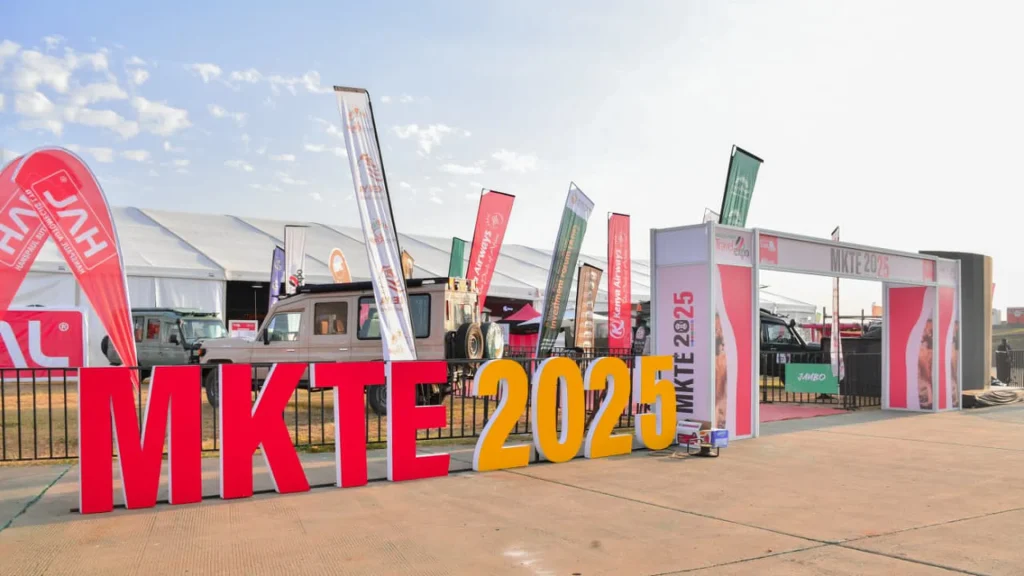
Throughout the three days of the expo, the KATA Pavilion was a hub of focused business activity. Members held structured meetings with both regional and international partners to agree on pricing, secure space for busy travel periods, and refine packages that match what today’s travelers want. Buyers showed strong interest in experiences that combine Kenya’s well-known attractions with meaningful community involvement and sound sustainability practices, prompting members to adjust their offerings on the spot.
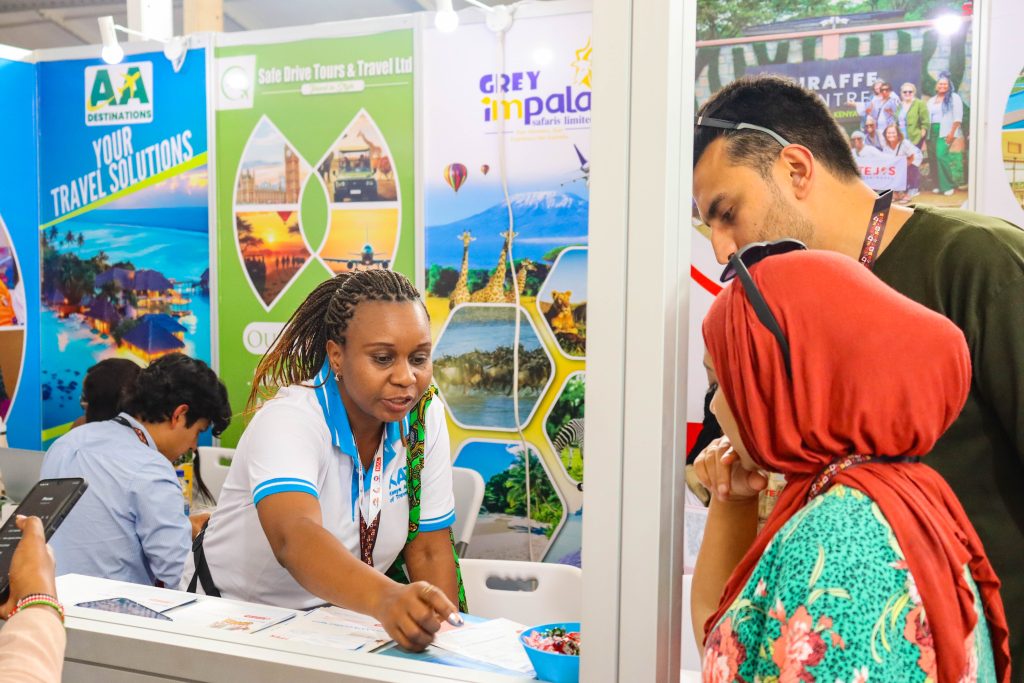
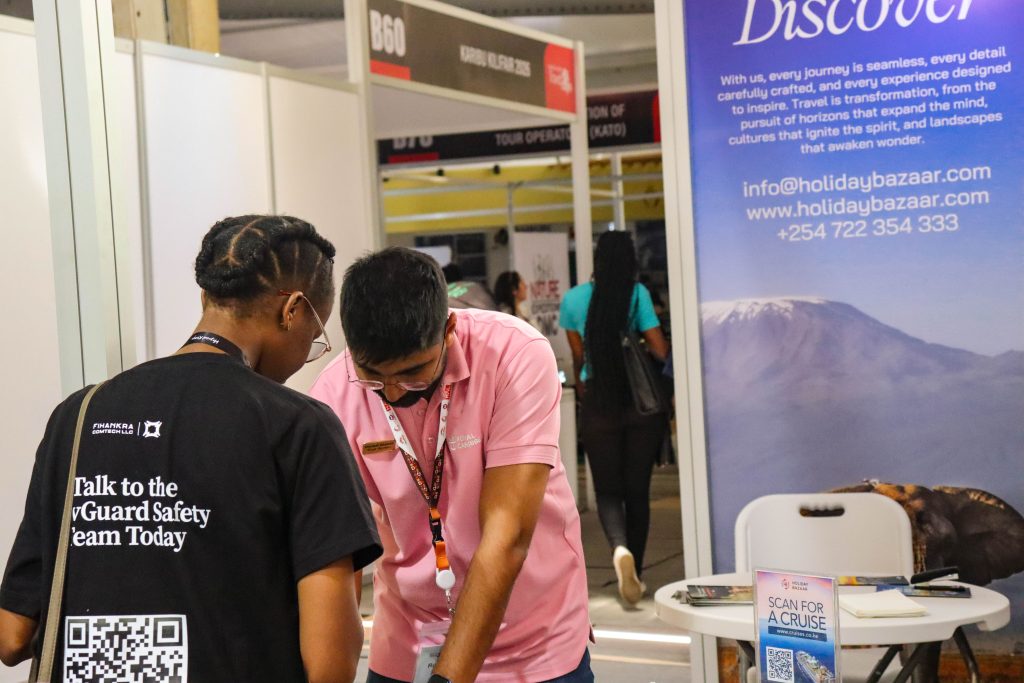
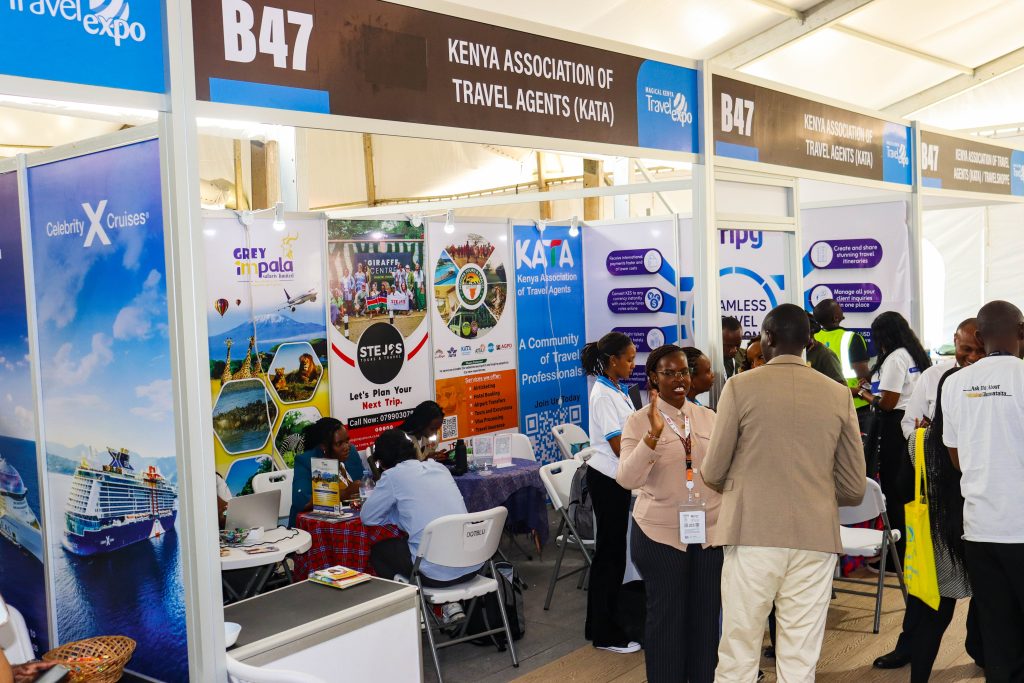
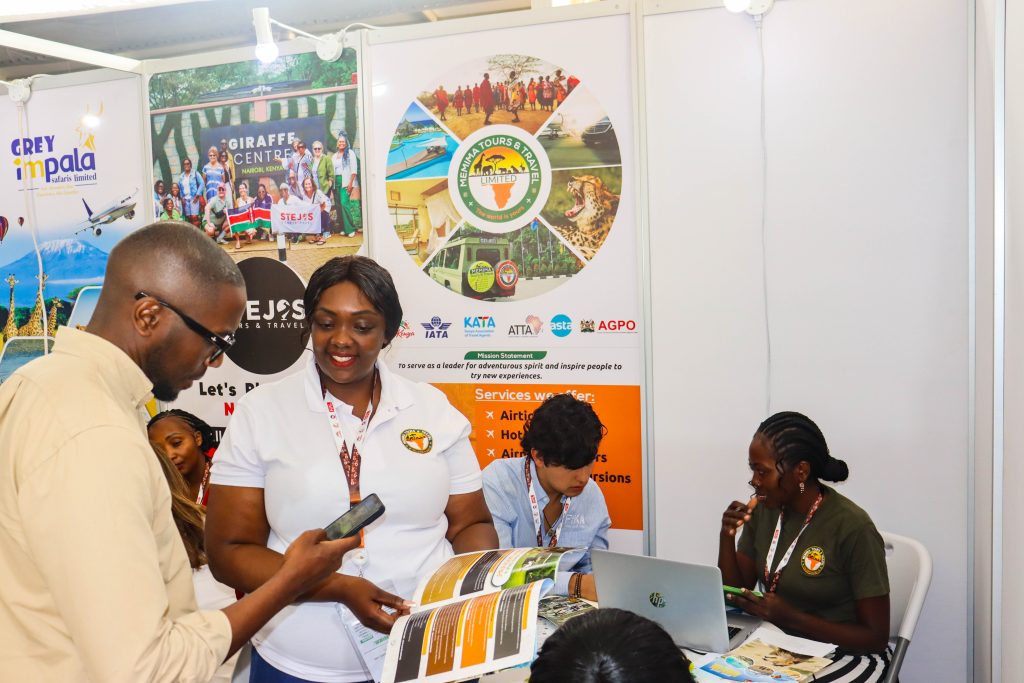
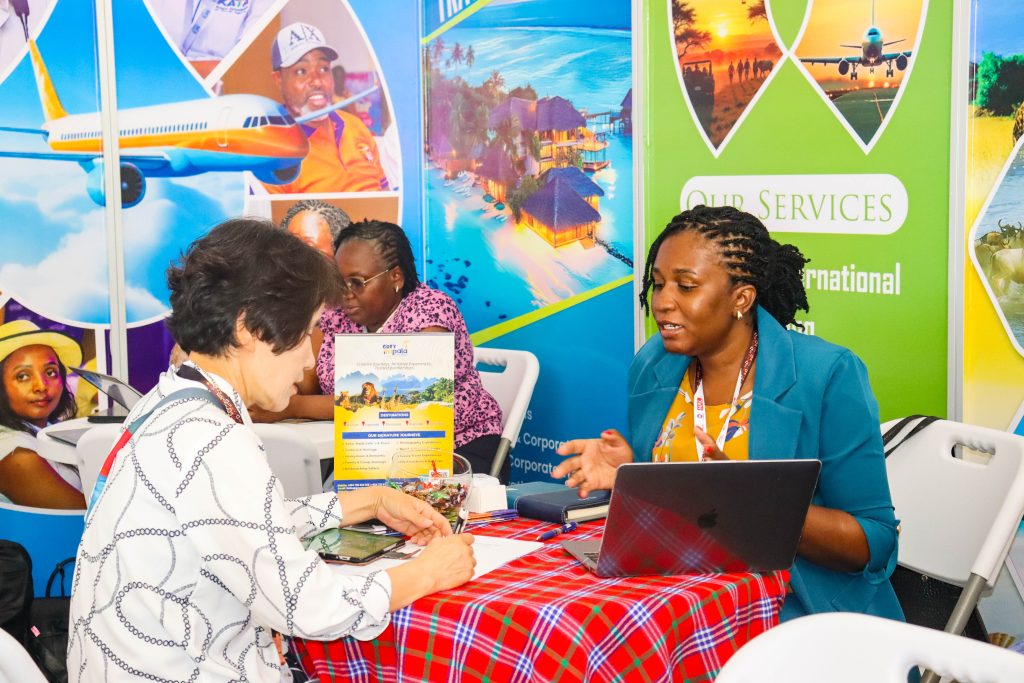
These discussions went beyond introductions to tackle practical matters that often slow deals, including payment terms, cancellation rules, and service standards. With these details clarified, members were able to set firmer agreements, plan group trips, and schedule training sessions to strengthen sales capacity. Suppliers promised better support after bookings and committed to joint marketing, while members gained early access to offers designed to keep business steady throughout the year. KATA also used the expo to build longer-term capacity, encouraging members to improve their use of digital booking systems and adopt more efficient multi-currency payment processes. Together, these actions created a stronger foundation for members to convert expo momentum into lasting business growth.
An important lesson came from the Africa Tourism Investment Forum, which ran alongside the expo. By bringing together vetted African tourism enterprises, investors, and policymakers, the forum addressed one of the industry’s most persistent challenges: access to capital. For agents, the impact is indirect but significant. Well-funded suppliers mean stronger product pipelines, reliable service delivery, and the innovation needed to keep Kenya competitive as travelers seek deeper, more responsible experiences. KATA’s conclusion is straightforward. Commercial agreements made at the expo are more likely to hold when financing and policy discussions happen in the same place.
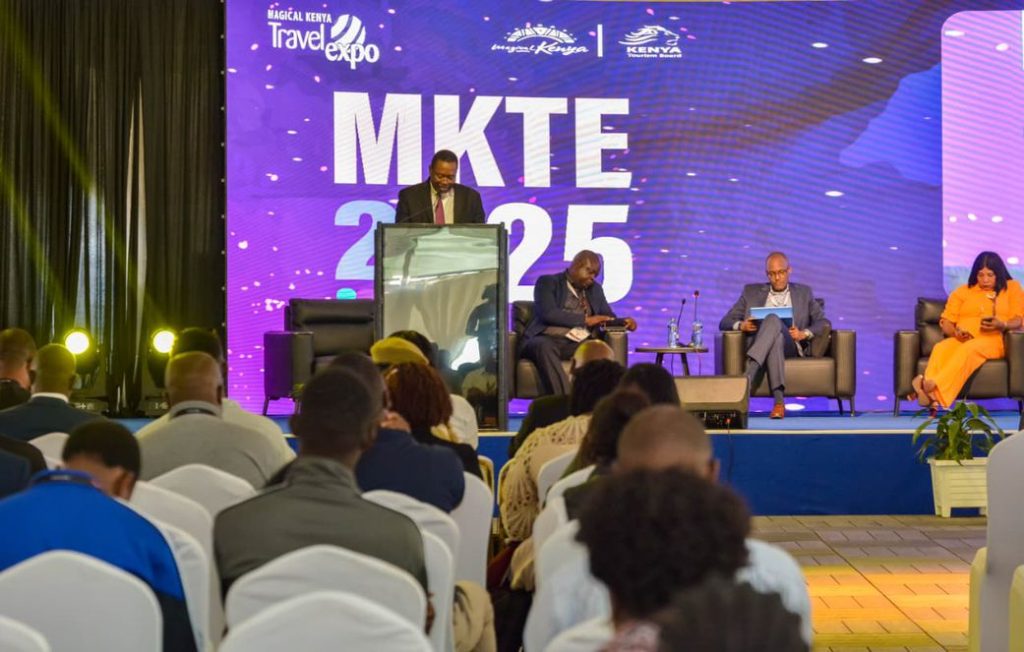
KATA is translating these lessons into action. The association will help members integrate sustainability standards and community-based experiences into their products, supported by simple reporting tools. It will pursue partnerships that improve access to financing, informed by the investment conversations at the forum. It will roll out targeted training on destinations, digital systems, packaging, and customer care. It will share market insights gathered during the expo to guide the next sales cycle. And it will follow up on the deals that began in Nairobi so that interest becomes booked travel.
The wider context supports this direction. Kenya welcomed 2.4 million international visitors in 2024, generating 452 billion shillings in revenue, and is targeting 5.5 million visitors by 2027. Infrastructure improvements, such as the Nairobi to Nakuru to Mau Summit highway and the Dongo Kundu bypass, are improving access to the western circuit and the coast, while more direct flights from key markets are strengthening air links.
Across the continent, the World Travel and Tourism Council projects annual growth of 6.5 percent over the next decade, with total contributions potentially reaching 350 billion dollars. Kenya is well placed to benefit if the trade stays focused on quality, responsibility, and delivery.
KATA Members return from MKTE with real opportunities, tighter relationships, and a clearer brief for the next sales cycle. Suppliers leave with committed distribution and a better understanding of what will sell in Kenya’s key origin markets. The Association leaves with a sharper strategy and a plan to help members convert leads into lasting business.
MKTE 2025 was more than an exhibition. It turned conversations into commitments and ideas into scheduled work. The task now is to keep that momentum moving, to meet timelines, to equip advisors with the right tools and training, and to tell the stories that make Kenya an easy choice for travelers around the world.
